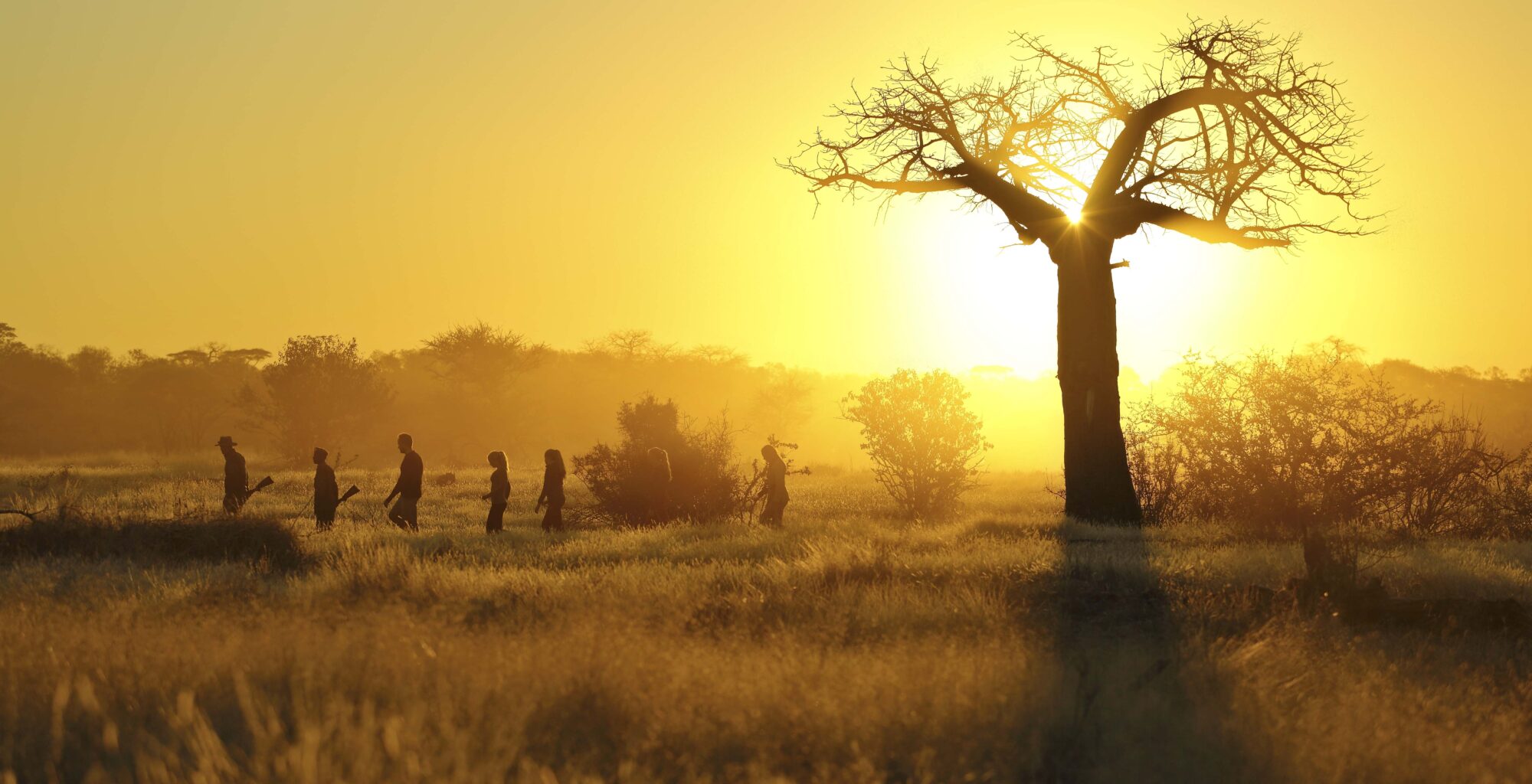With much of Tanzania’s northern circuit suffering from the effects of overtourism, adventurous travellers in search of less-trammelled pastures are likely to prefer the country’s southern circuit, which includes Nyerere (formerly Selous), Ruaha, Katavi, and Mahale national parks. Pro guide Squack Evans takes us on a whistle-stop tour of the circuit.
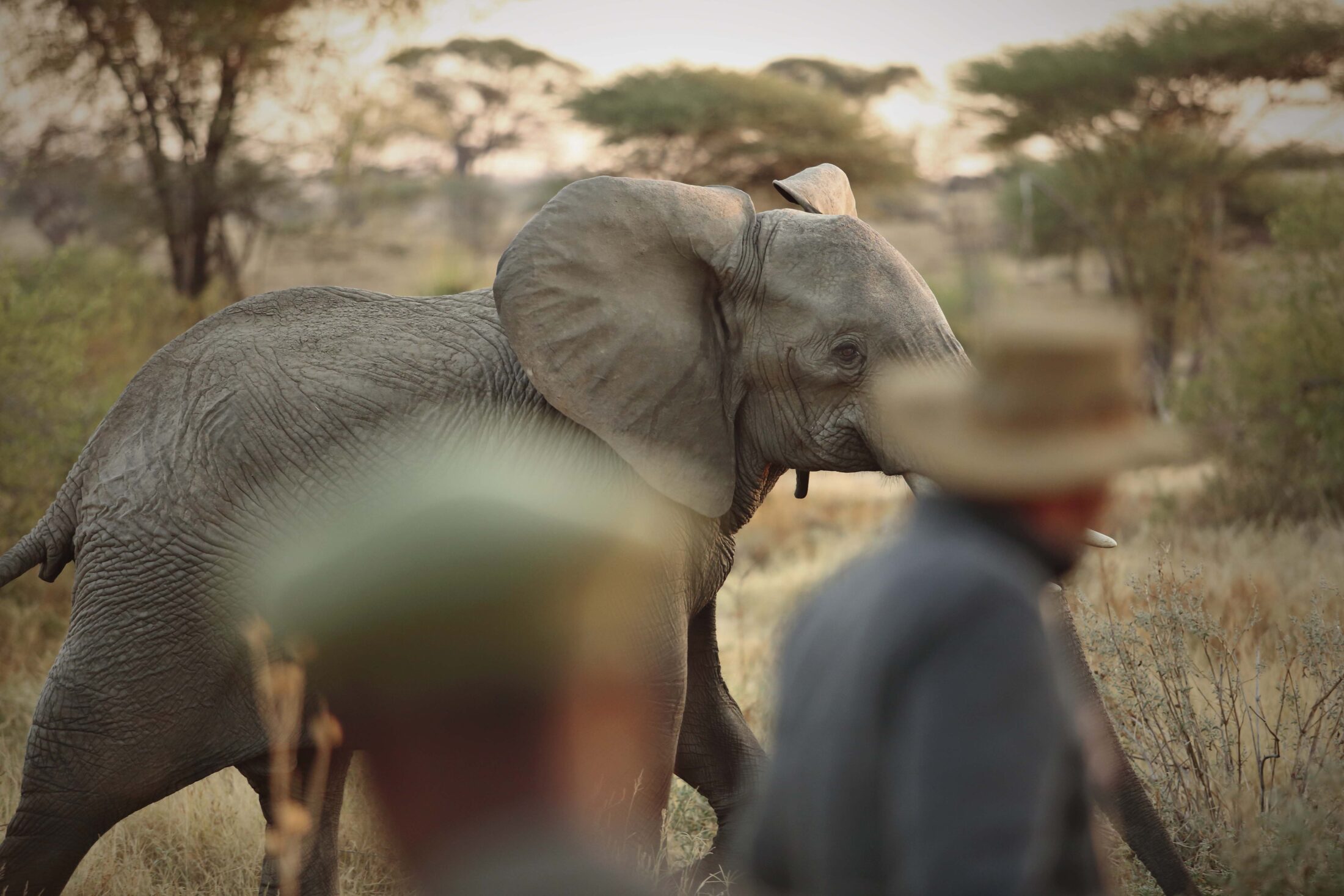
Wildly remote, easily connected
While wildly remote, the southern circuit is easily accessed by air, beginning in Dar es Salaam and hopping from Nyerere to Ruaha, then into Katavi, and finishing at Mahale before flying out to either Dar or Arusha. It’s perfectly possible to do it the other way round too as there are flights both ways. Either way, accessing the circuit by air means it’s relatively easy to link four of Tanzania’s most remote, wild, and untrammelled wildernesses. It’s an excellent combination of remoteness and quite different (depending on the time of the year) wildlife experiences.
The most beautiful of rivers
While things, as I understand them, have changed and will continue to change with the completion of a massive dam [the long-planned Julius Nyerere Hydropower Station], Nyerere remains one of East Africa’s most extraordinary destinations. Everything centres around the Rufiji River and a series of interconnected lakes, the lifeblood of the area, which shrink and grow with the seasons. It’s home to two fantastic Nomad properties, Sand Rivers Selous and Kiba Point. Overlooking the river, Sand Rivers is great for guests keen to mix with and meet other travellers and is excellent for hippo, crocodile and elephant. Kiba Point is a little bit more tucked away, booked exclusively and comes with a private vehicle. The opportunity to fly camp along the Rufiji or alongside the lakes has got to be one of the most fantastic safari experiences in Tanzania.
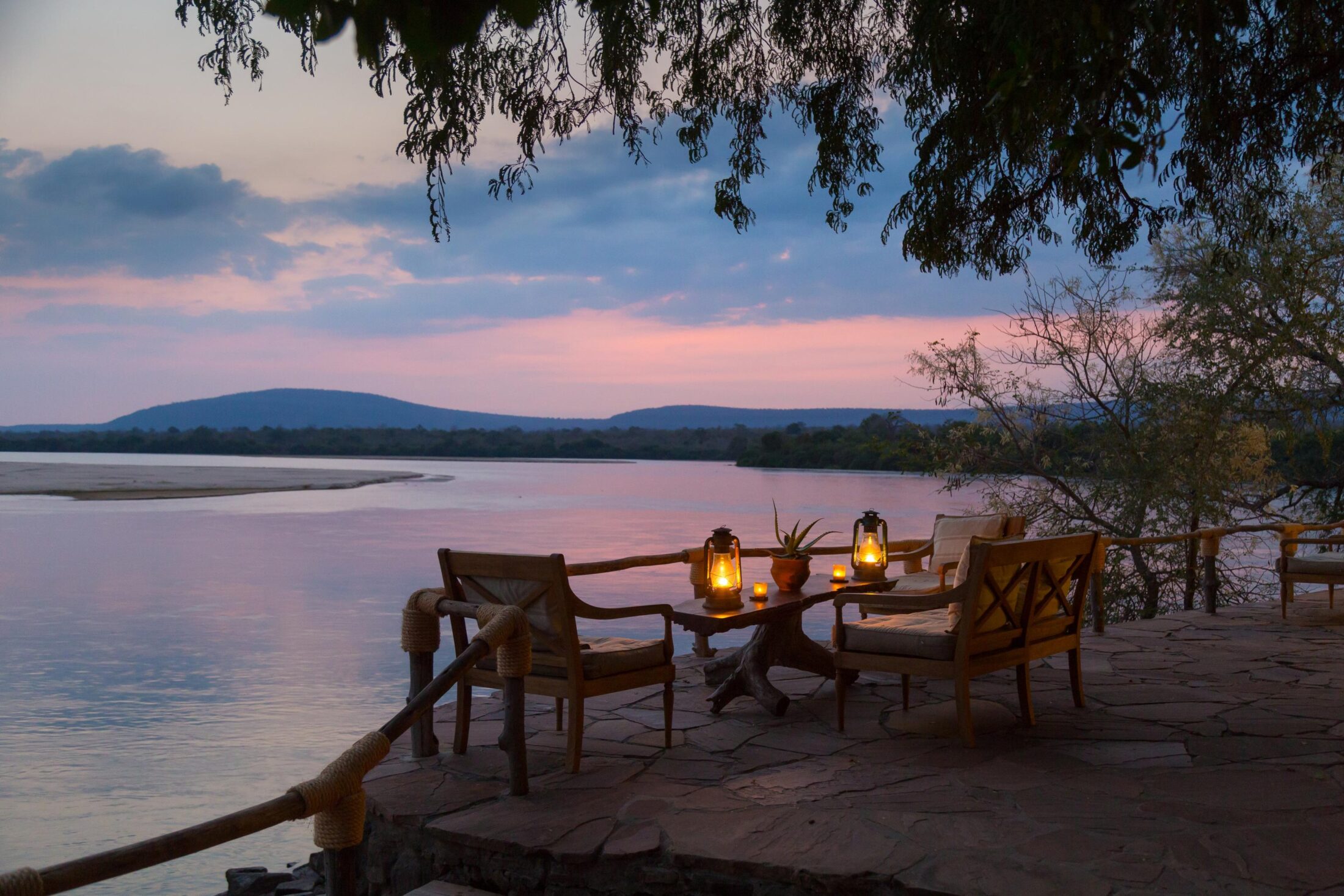
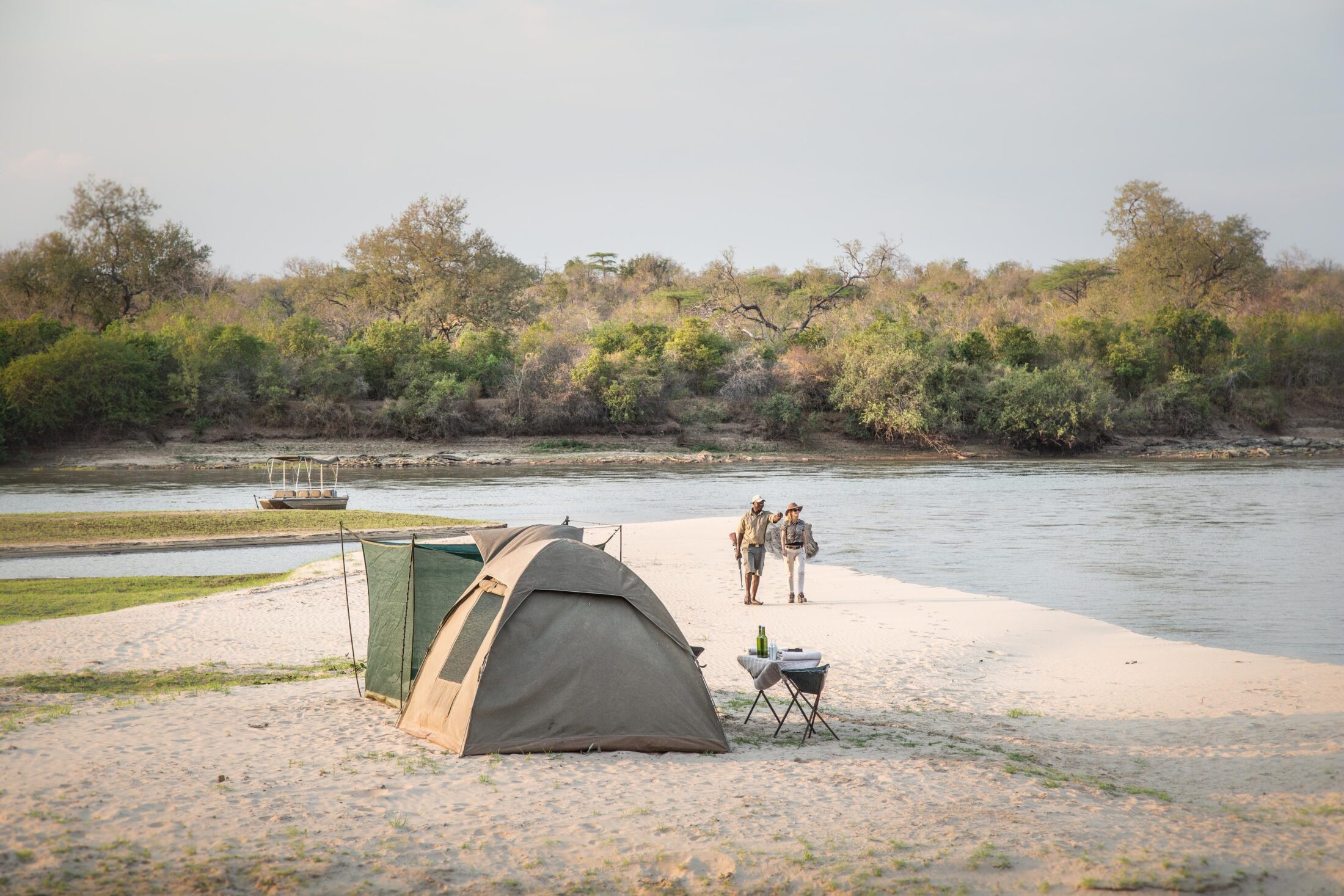
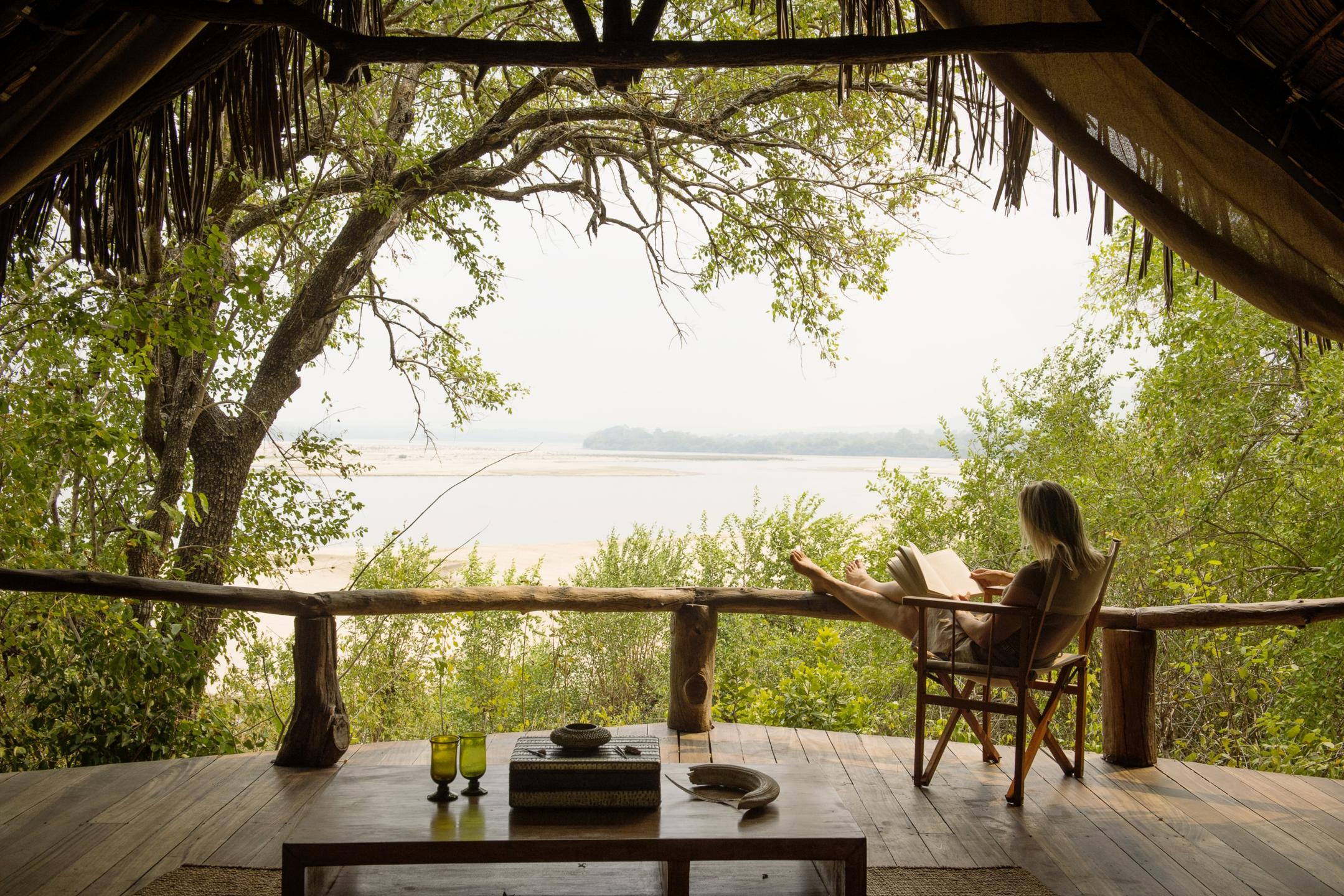
Dust on your boots, seeds in your socks
The walking safari offered at Kichaka Expeditions in Ruaha is something I like to support as I think it fits perfectly with our adventurous light footprint ethos. Owned and run by Andrew ‘Moli’ Molinaro and his partner Noelle Herzog, Kichaka consists of three camps – Zumbua, Kidogo, and Wild. It’s properly off-the-charts and out of the core area and is known for the excellence of its guiding. The camp is located in its own decent wildlife viewing area, but guests can move in and out of the park’s core area as well. The major pull, however, is that it offers some of the best walking in Tanzania, which can be combined with some experiential fly camping (Kidogo), all thanks to Moli, who is a fantastic guide and very skilled at what he does. So, if you want to get dust on your boots and grass seeds in your socks, then Kichaka’s the place for you.
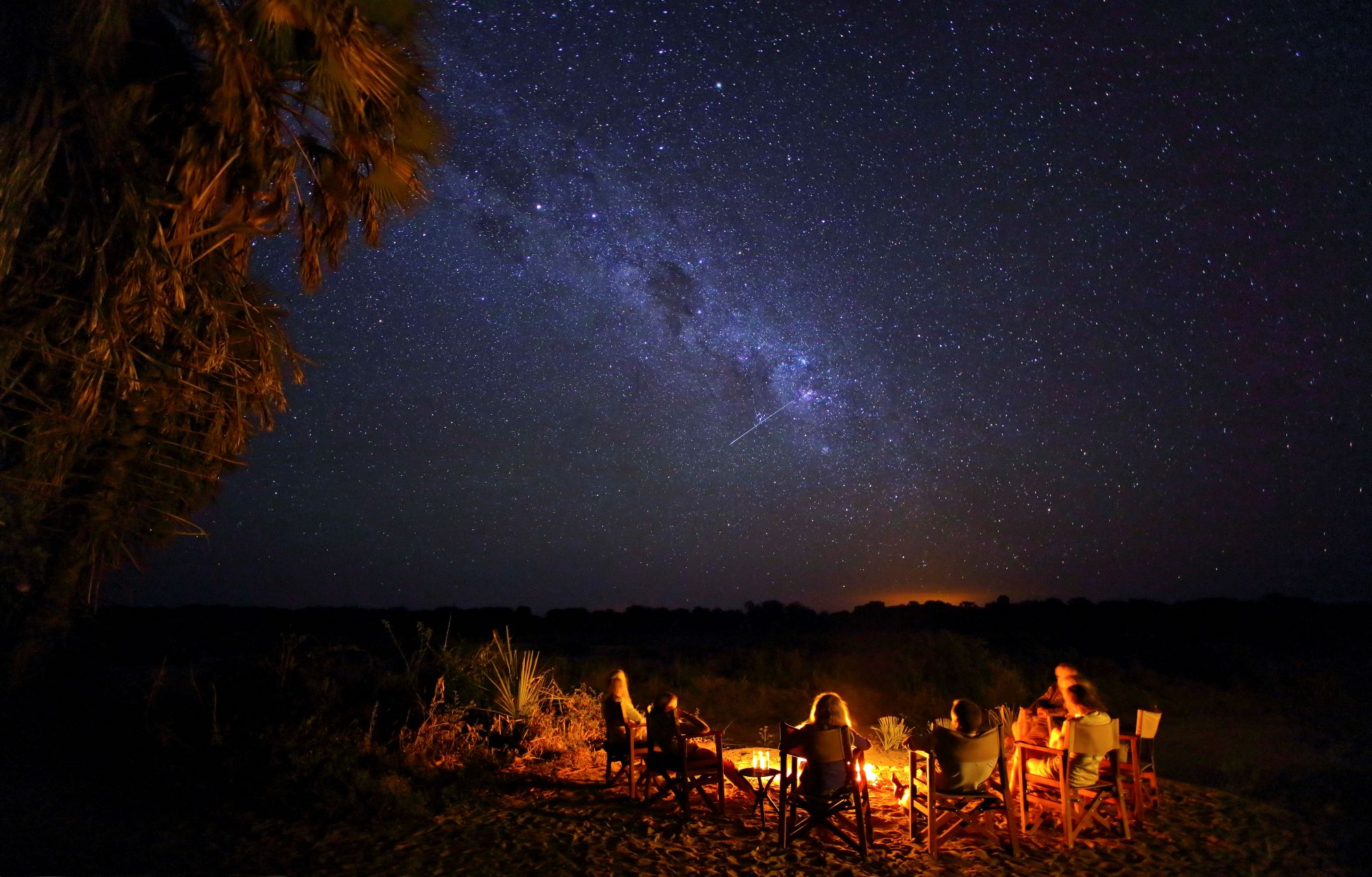
Katavi’s still got it
In the old days, Katavi was renowned for its wildlife. I worked there for years and it was just the most spectacular place with incredible wildlife and an equally incredible sense of remoteness. That has been affected somewhat by the introduction of roadworks going through the centre of the park. However, there’s not a lot of traffic in the park and the likes of Nomad’s Chada Katavi Camp do a great job of keeping you away from it all, despite having to cross the new road when going from the airstrip to camp. According to guests who visited there in October last year, it didn’t seem to impact their experience much at all. Again, you’ve got the option to fly camp and walk in Katavi and the wildlife viewing during the dry season is spectacular, with big concentrations of hippos in dried-up riverbeds, lots of crocodiles digging their way into caves on the riverbank, and everything confined to the last remaining water puddles, while lions and other predators wait for them to come in. Katavi remains a spectacular place.
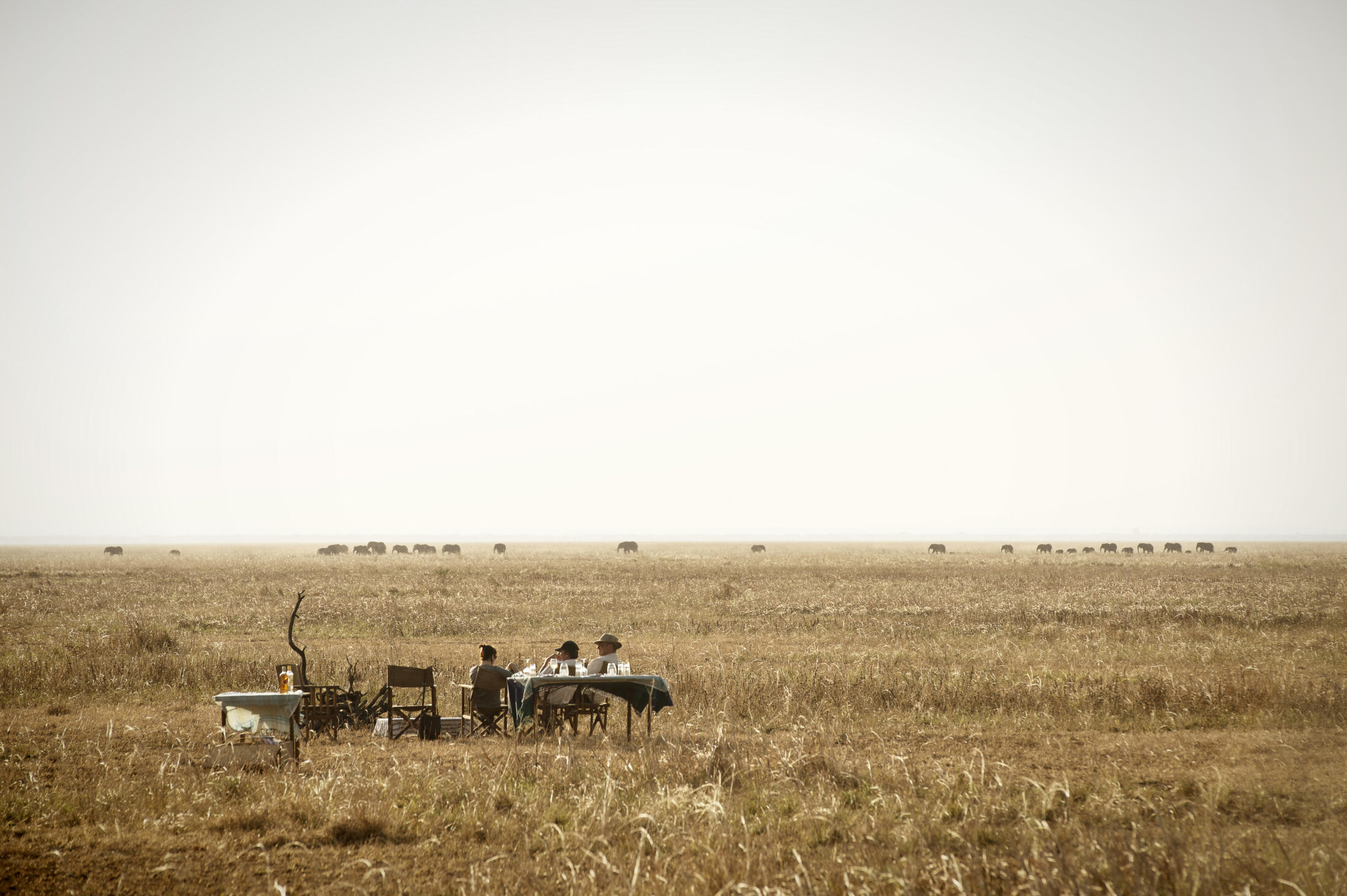
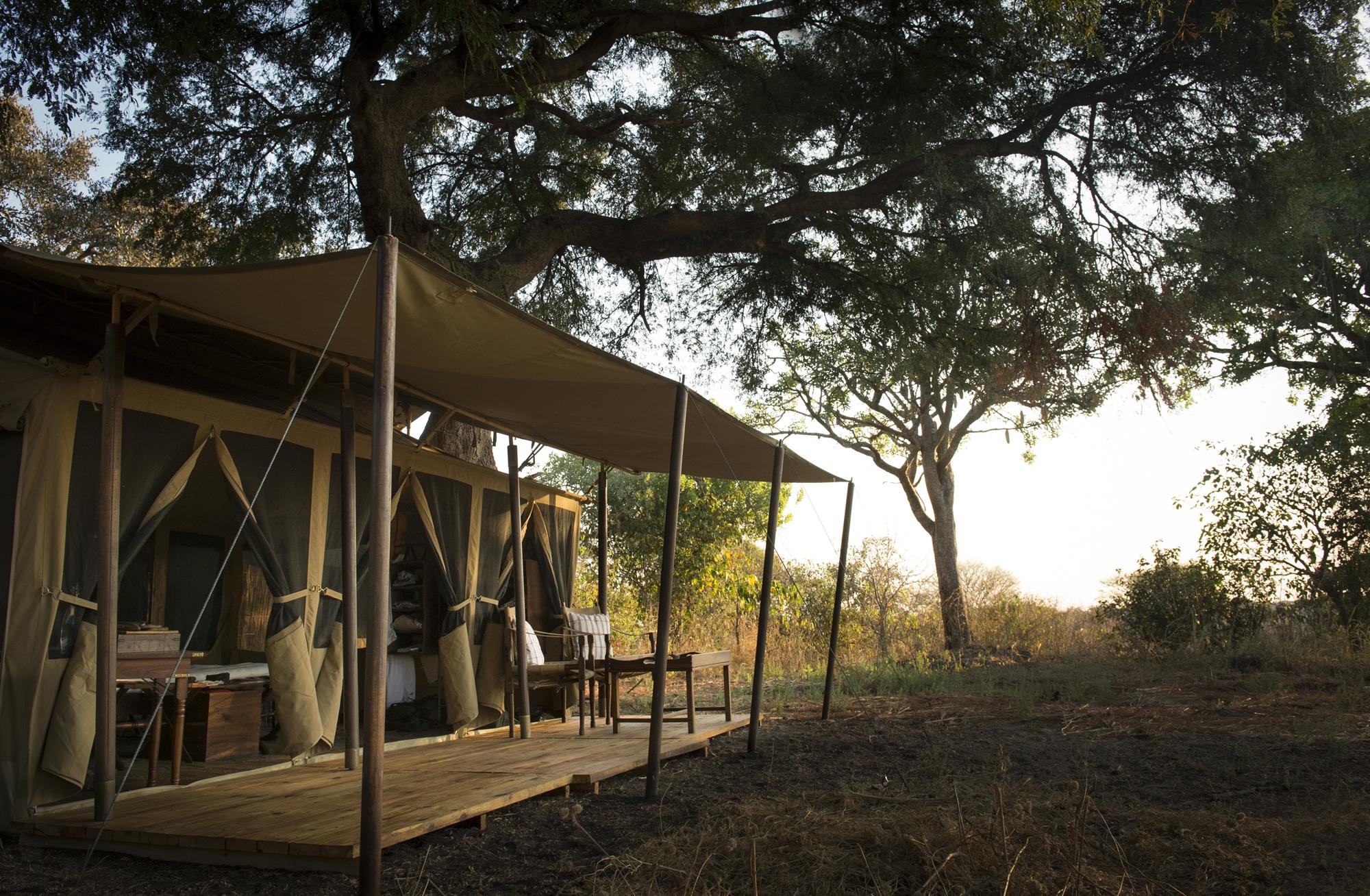
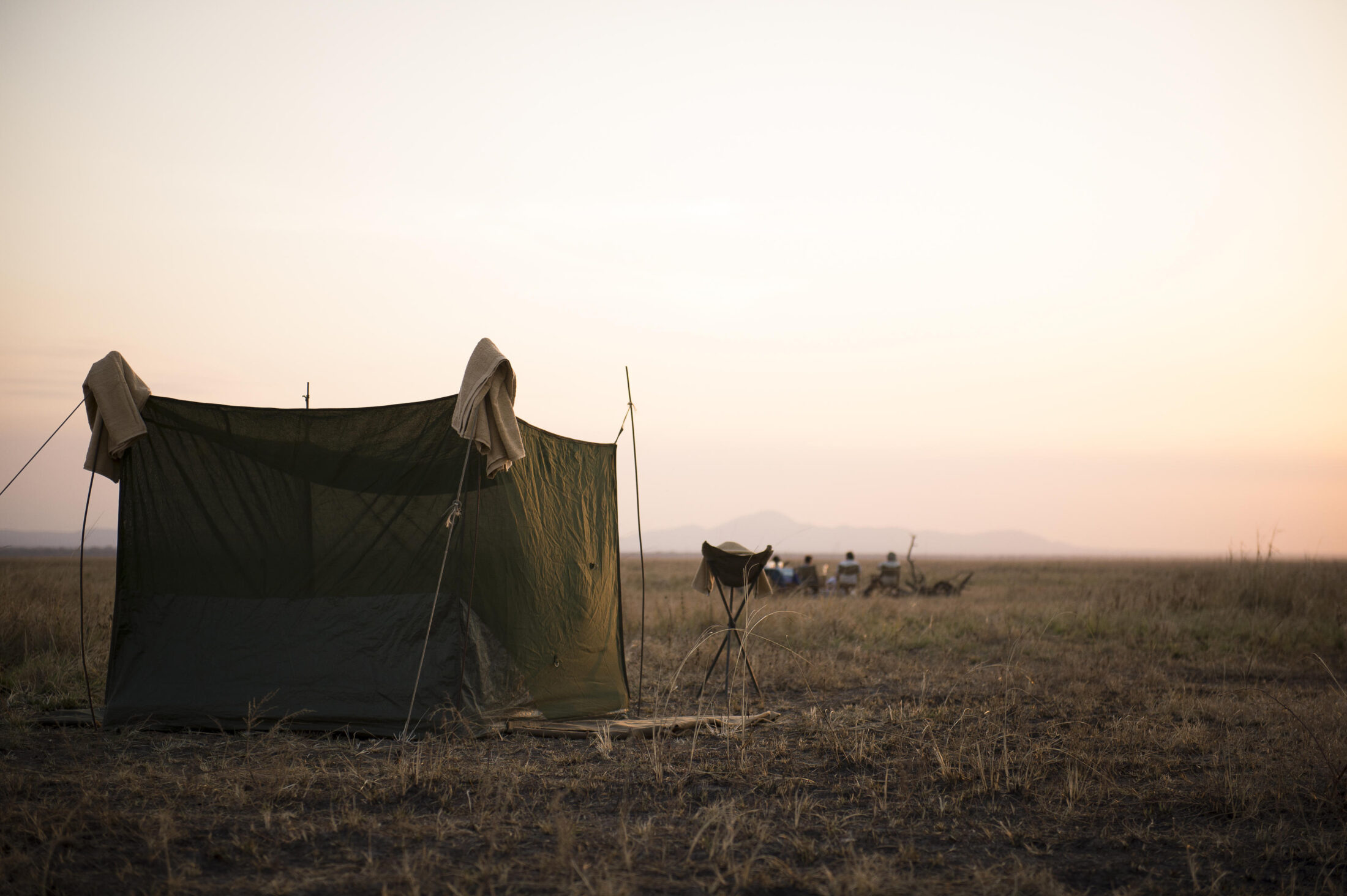
An amazing finish
I can honestly say there is nothing quite like Mahale and Nomad’s Greystoke Mahale. The Mahale Mountains lie within hiking distance of a beautiful beach on the shores of the lovely gin-clear waters of Lake Tanganyika and are home to a significant population of chimpanzees, providing in my opinion, one of the best chimp experiences on the continent. As well as trekking into the forest in search of the habituated M-group of chimps, there’s snorkelling and fishing, bird watching, and not a single road to be had. The lodge itself is a one-off, full of charm and totally original. It’s an amazing finish to a southern circuit safari, and utterly different to Katavi, Ruaha and Nyerere.
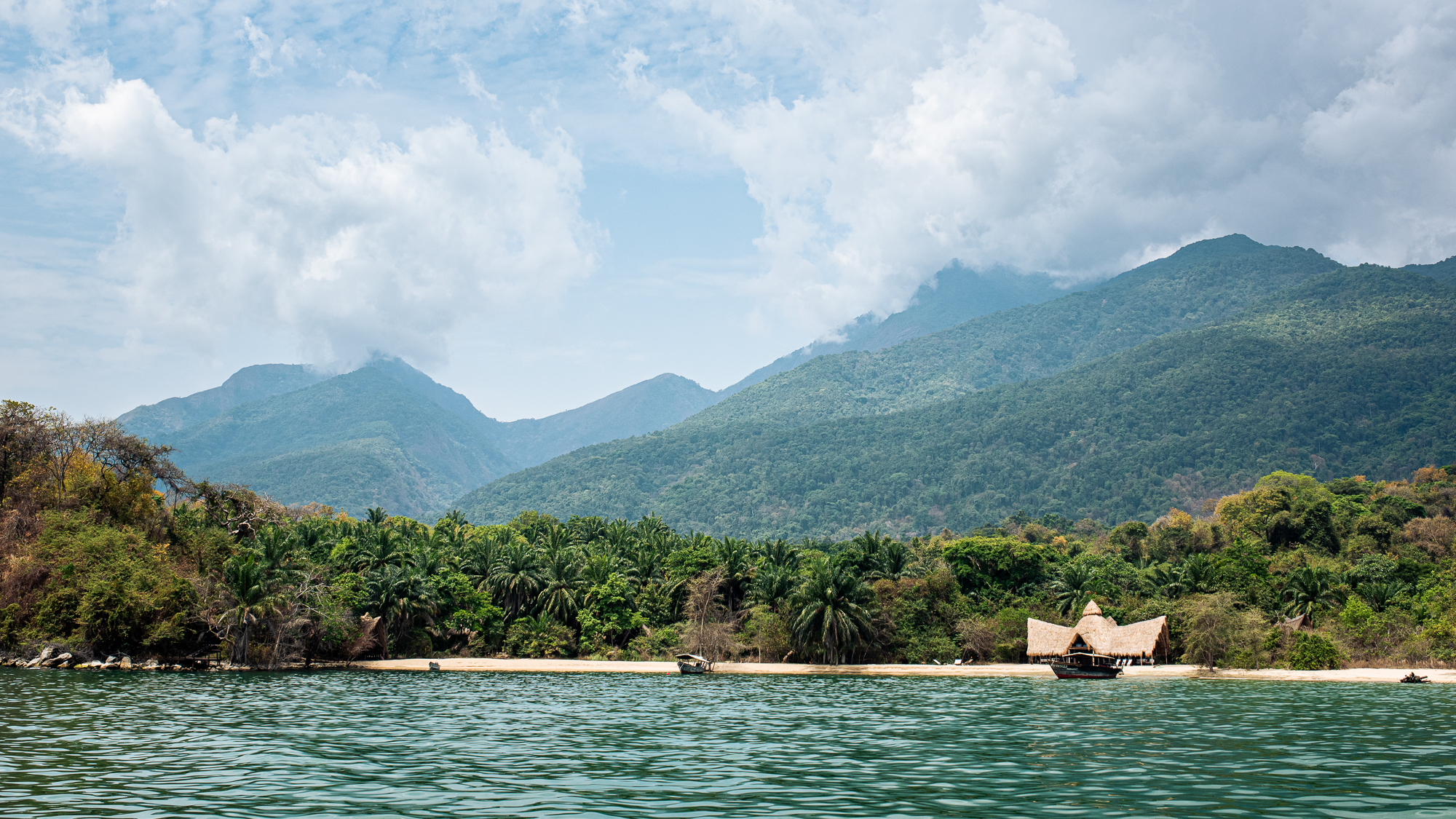
© Kyle de Nobrega
If your interest is piqued by Squack’s southern circuit highlights and you’d like to learn more, please do get in touch, if only for a chat. Please see below for related press.
